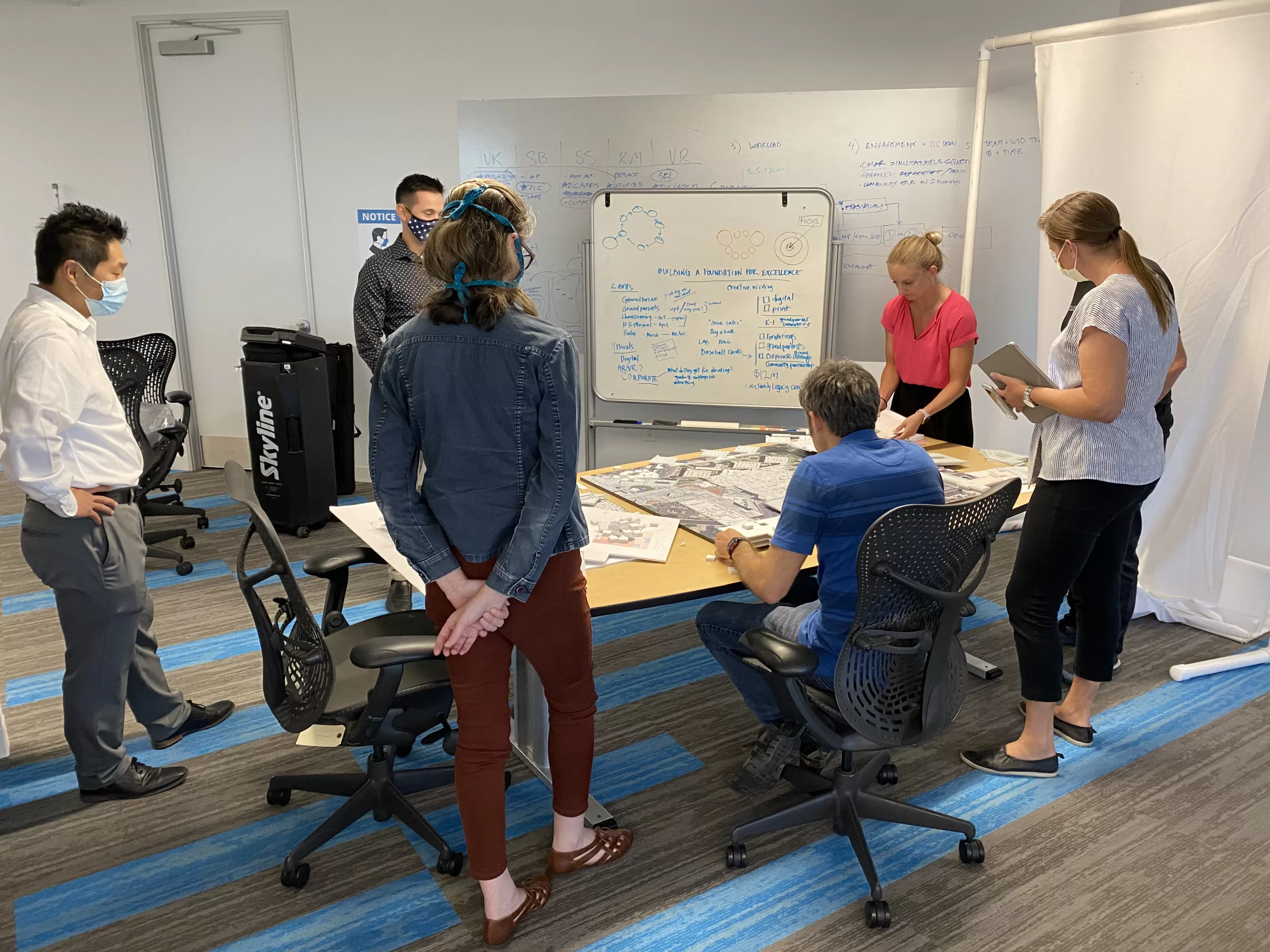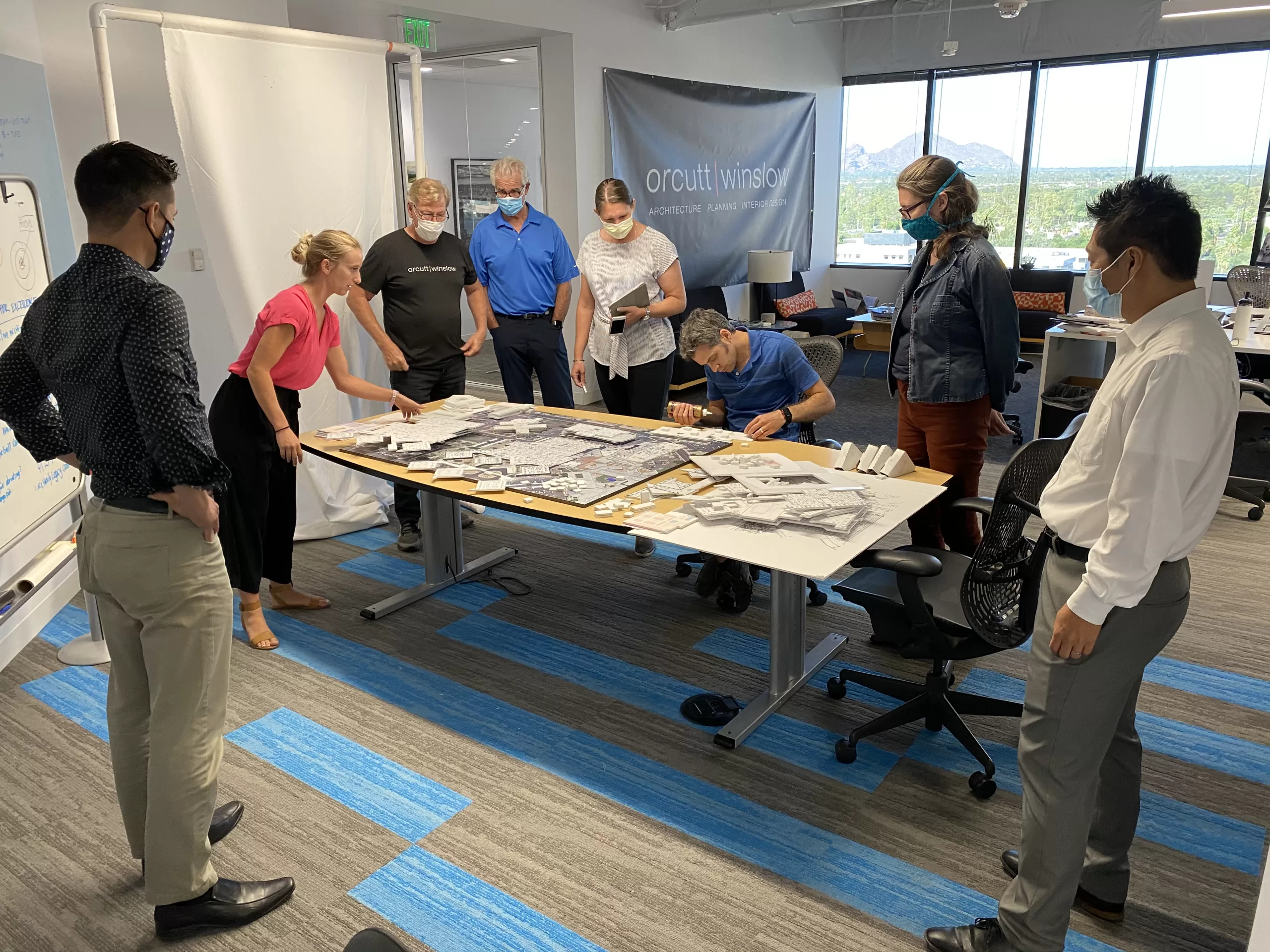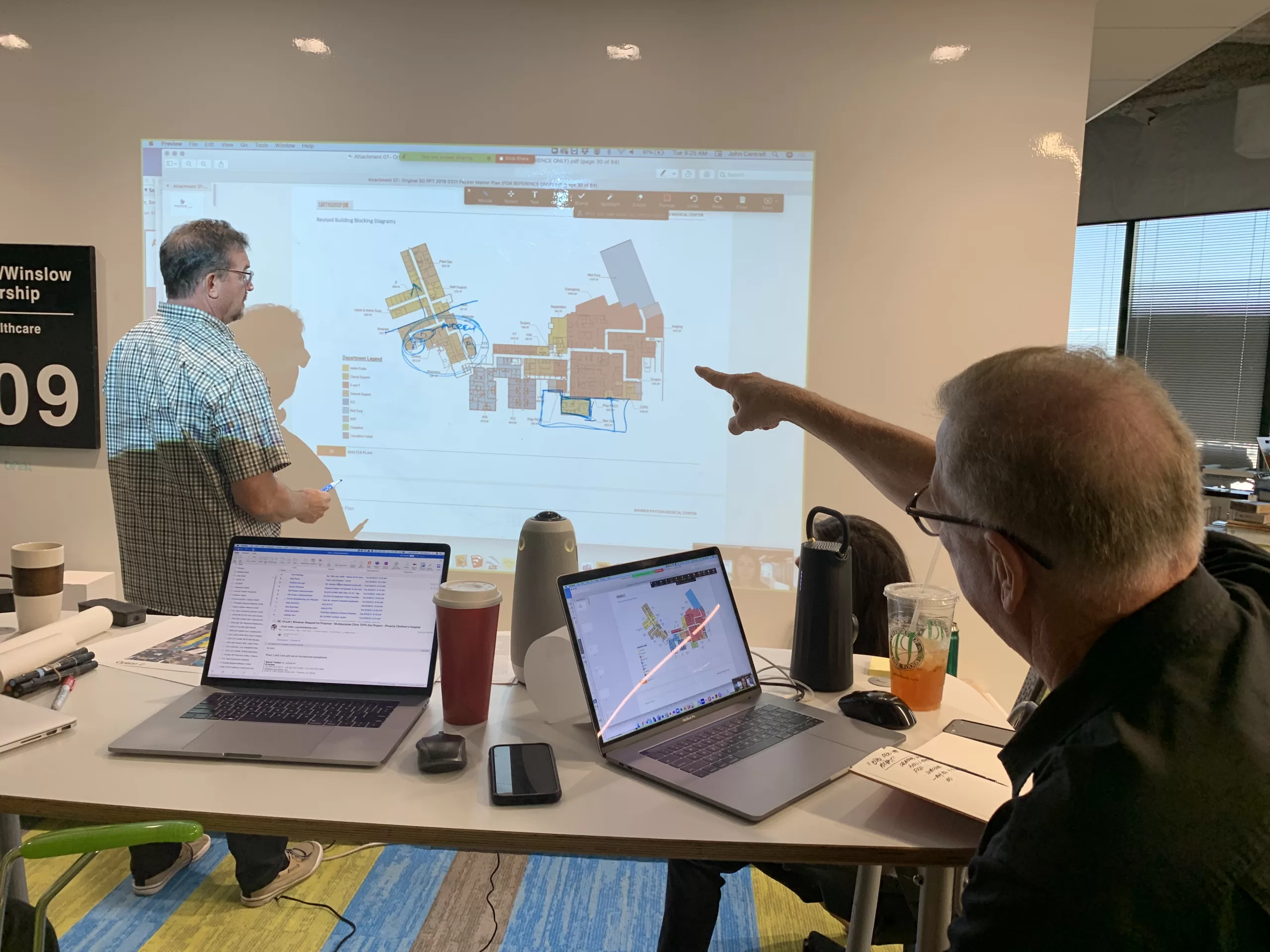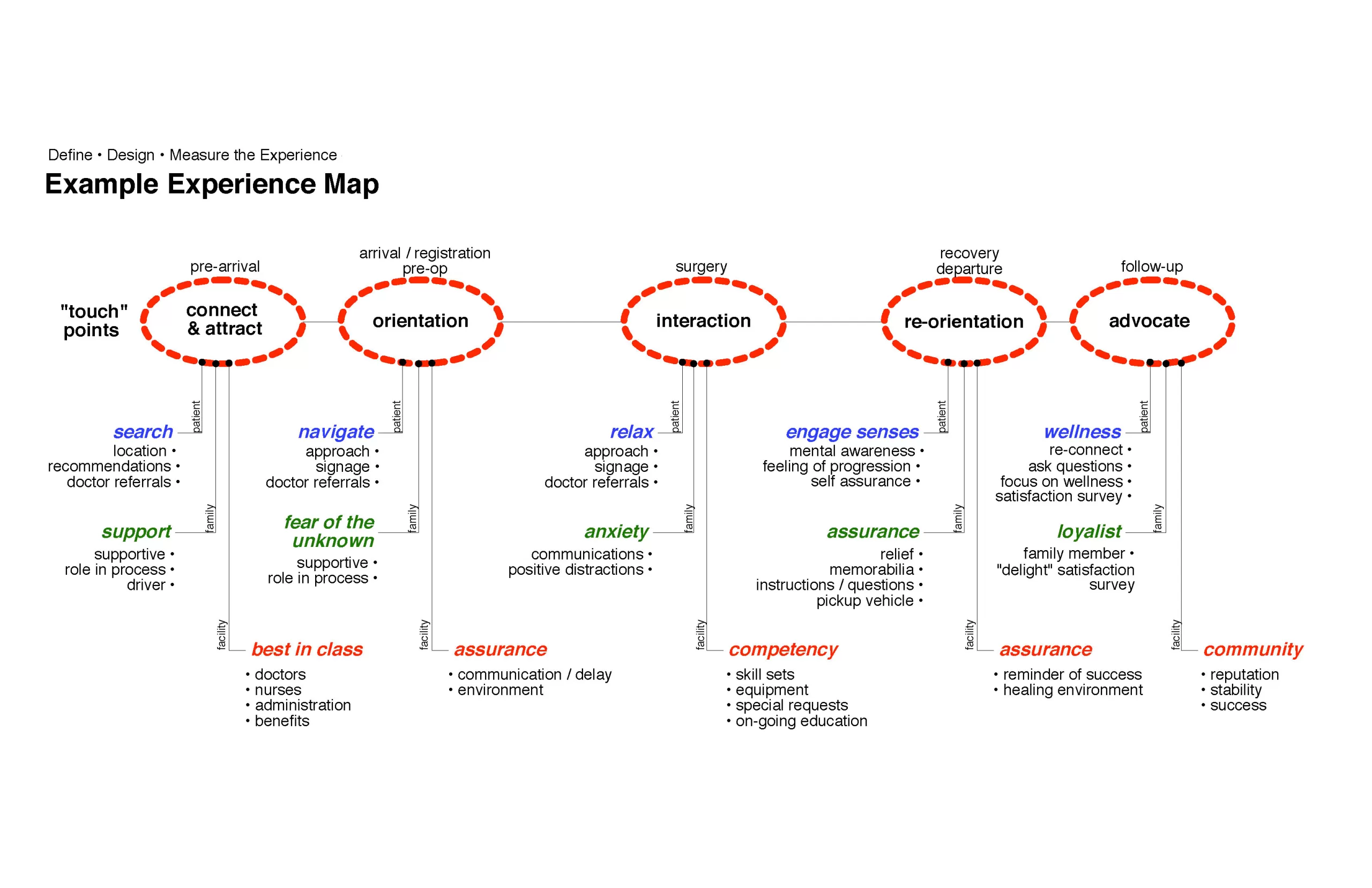Ensuring a Functional Design
More than ever before, the design of healthcare facilities is driven by three factors: Economy, Efficiency and Patient Engagement. There are hundreds of decisions that occur throughout the development of modern healthcare environments that need to be responsive to these drivers. How do you create spaces that encourage and support the outcomes and delivery of care our children and their medical providers expect?
“Experience is a hard teacher because she gives the test first, the lesson afterward.” – Vernon Law
If you want to see things through someone else’s eyes, you’ve got to put yourself in that person’s shoes.
This age-old advice, when applied by architects, is helping some healthcare providers find out what patients, physicians and staff really think about their healthcare experience. Universities, hospitals, banks, hotels, and retail venues are using the knowledge to focus services and facilities to improve satisfaction and generate more business. It’s called “experience mapping,” and the concept is not new. Website developers were one of the first to apply the concept to determine an online users’ experience as they moved from page to page. What did users like? Where did they have problems? It’s a simple qualitative research approach that Orcutt | Winslow brings to the design conversation, with in-depth user idea sessions and interviews about expectations and experiences.Experience mapping is different from process mapping and typical “customer service” research. It helps organizations understand their “customer” (in this case, patients/families/physicians/ staff/insurers) experience at each step in the process from beginning to end. Experience mapping helps develop a strong customer-centric focus. Alongside process mapping, which is operational, Experience Mapping explains the emotions behind the actions so that the two can be merged into a design solution that makes the most sense from both patient and physician or administration perspectives. It is most valuable when customer relationships are complex and involve multiple “touch points” or points-of-contact; perfect for hospitals and perfect for the design of healthcare environments.
Although this is a new design approach for many industries, most organizations are starting to see the value in truly understanding the overall experience of those that use their buildings. This is particularly important when service, efficiency or loyalty improvement is an issue, before a new facility is designed, when branding needs an overhaul, or whenever new technology strategies are being considered. Experience mapping is an essential part of any new design.
So, how is it done? Your architects will begin their own patient/family/physician/staff journey by starting at your front door and putting themselves in a new patient’s/family’s shoes — arriving at your new hospital by ambulance, vehicle, public transportation, and by foot, to experience the various touch points and first impressions of the proposed project or site.
We will visually and verbally explore your facility in the same way — documenting hundreds of touch points and recording the important moments that will make a difference in the design. Our design teams will interview families, physicians, and staff (and use historical data from our previous experiences). This research will be compiled into a living, working document that will tell the story of the patient’s experience and key elements that should be reflected in the design.
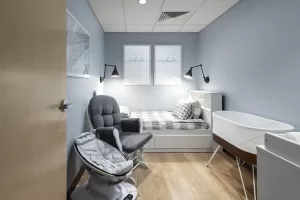
Hushabye Nursery, Phoenix, AZ
Hushabye Nursery provides a therapeutic and inviting environment of short-term medical care to infants suffering from Neonatal Abstinence Syndrome (NAS) and their families. The mission of Hushabye Nursery is to embrace substance exposed babies and their caregivers with compassionate, evidence-based care that changes the course of their entire lives. The facility offers a safe and inclusive space where mothers, family members and babies – from conception through childhood – can receive integrative care and therapeutic support that offers each child the best possible life outcomes. Program include prenatal and postpartum support groups, inpatient nursery services and outpatient therapies.
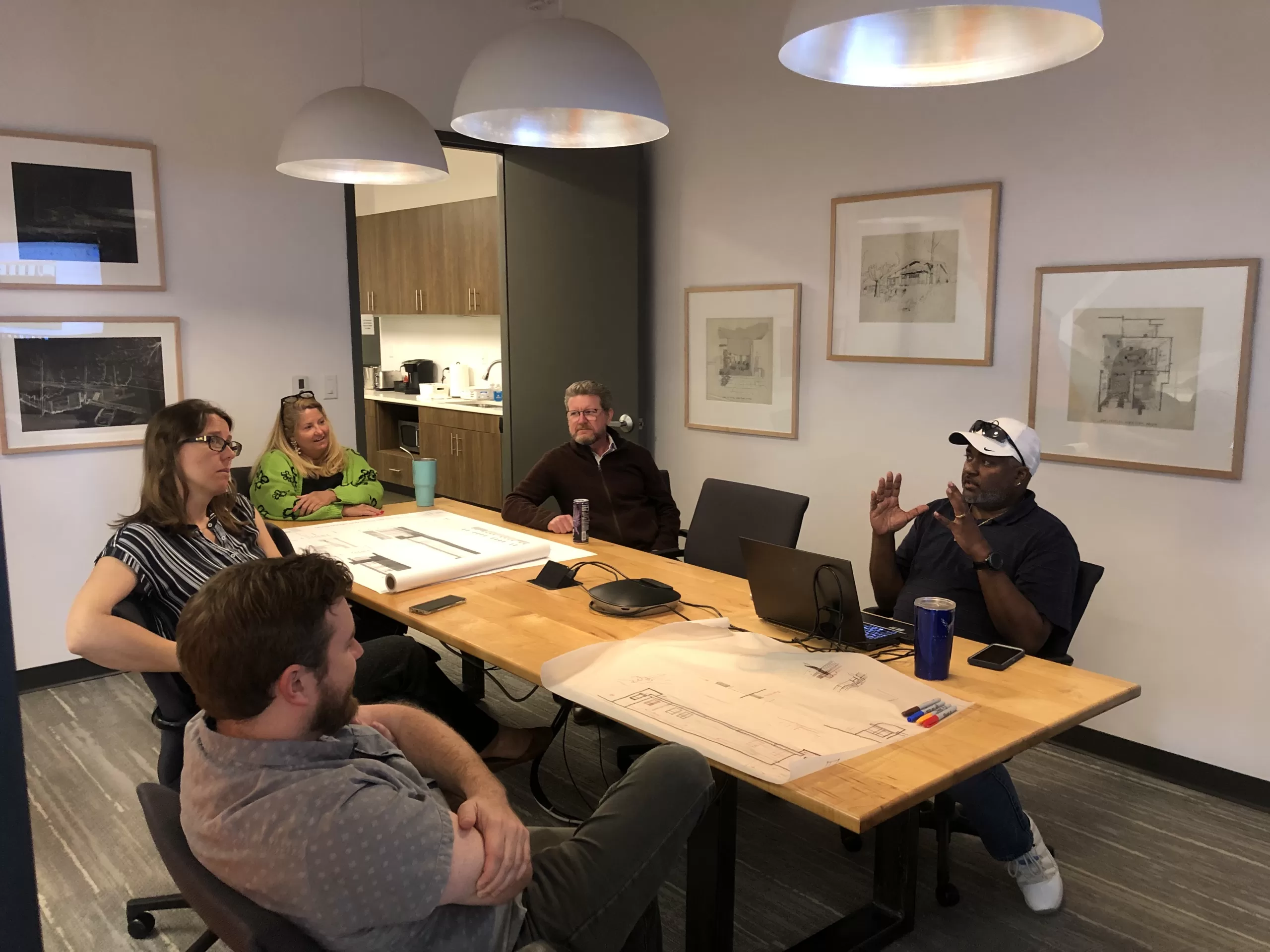
Ensuring a Functional Design
